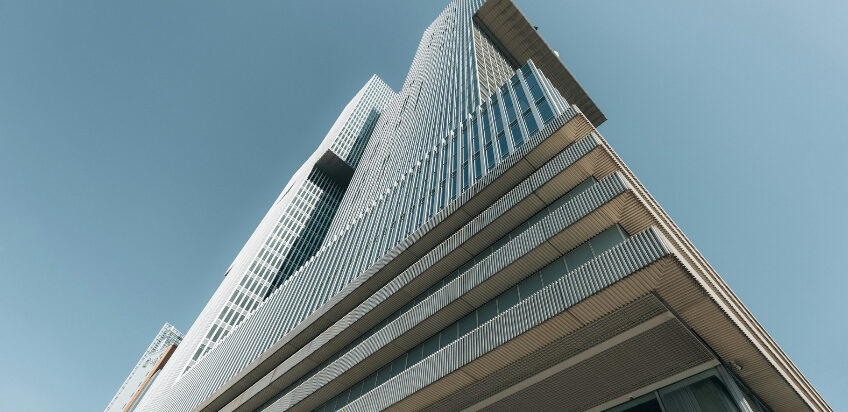When someone is injured on another person’s property, one of the key questions in a premises liability case is whether the property owner failed to maintain safe conditions. In New Jersey, building code violations often play a central role in proving negligence. Building codes establish safety standards for construction, maintenance, and occupancy, and violations of these codes can serve as powerful evidence that a property owner failed in their duty of care.
What Are Building Codes?
Building codes are regulations designed to ensure that structures are safe and habitable. They cover a wide range of areas, including electrical wiring, stairway design, emergency exits, fire safety, plumbing, and structural stability. In New Jersey, local municipalities enforce these codes through inspections and permits.
For example, building codes may require handrails on staircases, proper lighting in hallways, or slip-resistant flooring in certain areas. When property owners fail to comply with these requirements, they not only risk fines from inspectors but also expose themselves to liability if someone is injured as a result.
How Building Code Violations Affect Premises Liability Claims
In a New Jersey premises liability case, a plaintiff must prove that the property owner owed a duty of care, breached that duty, and caused harm. Evidence of a building code violation can strongly support the element of breach of duty.
For instance:
- A tenant falls on a staircase without a required handrail.
- A customer slips in a dimly lit store because lighting levels were below code.
- A fire spreads quickly in an apartment building with inadequate fire exits.
In each scenario, the building code violation helps demonstrate that the property owner failed to meet established safety standards, making it easier for the injured party to prove negligence.
Negligence Per Se in New Jersey
In some cases, a building code violation may constitute negligence per se. This legal doctrine means that if a property owner violates a statute or regulation designed to protect public safety, and that violation leads to an injury the law was meant to prevent, the owner can be considered negligent as a matter of law.
For example, if a landlord fails to install smoke detectors as required by code and a tenant suffers smoke inhalation during a fire, the violation itself may establish negligence.
Proving a Building Code Violation
To use a building code violation in a premises liability case, plaintiffs generally need to:
- Identify the specific code provision that was violated.
- Show that the violation existed at the time of the accident.
- Demonstrate that the violation directly contributed to the injury.
This often involves gathering evidence such as inspection reports, photographs, expert testimony from building inspectors, or municipal records of past citations.
Comparative Negligence Considerations
While building code violations can strengthen a premises liability claim, New Jersey’s comparative negligence rule still applies. If an injured person’s own actions contributed to the accident—for example, running down a dark stairwell—their recovery may be reduced in proportion to their share of fault. However, the existence of a building code violation can significantly limit the property owner’s ability to avoid responsibility.
Conclusion
Building code violations play a critical role in New Jersey premises liability cases by providing clear evidence that a property owner failed to maintain safe conditions. Whether it is a missing handrail, poor lighting, or inadequate fire safety, these violations can form the foundation of a successful claim.
If you have been injured on another person’s property and suspect that building code violations contributed to your accident, consulting an experienced New Jersey premises liability attorney is essential. An attorney can investigate the circumstances, identify code violations, and build a strong case to help you recover the compensation you deserve.
